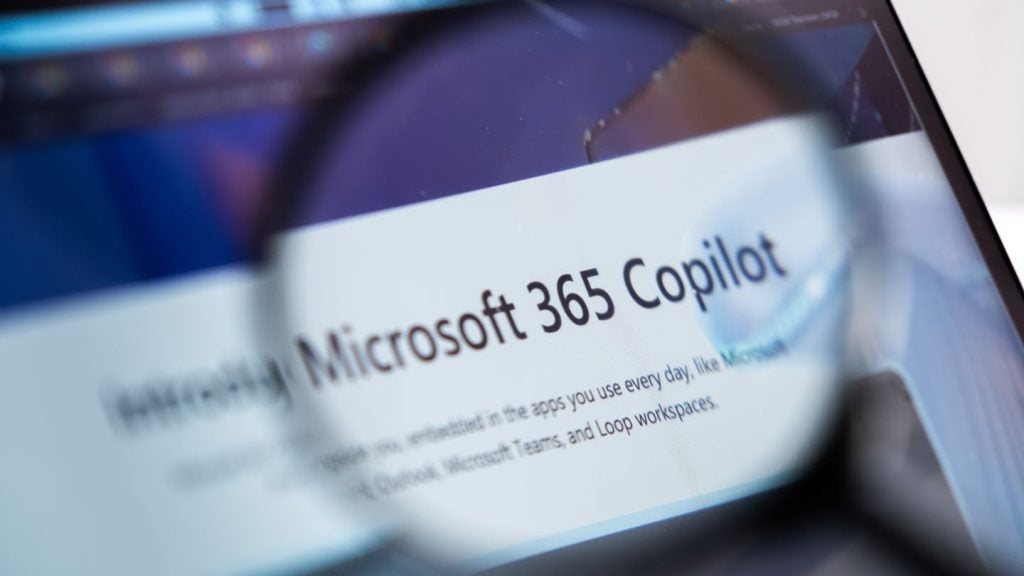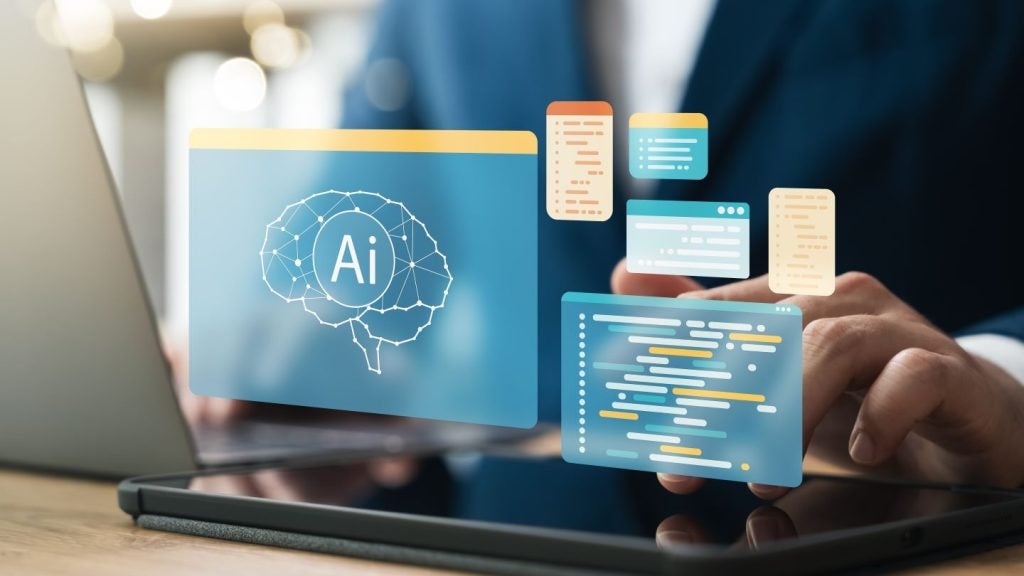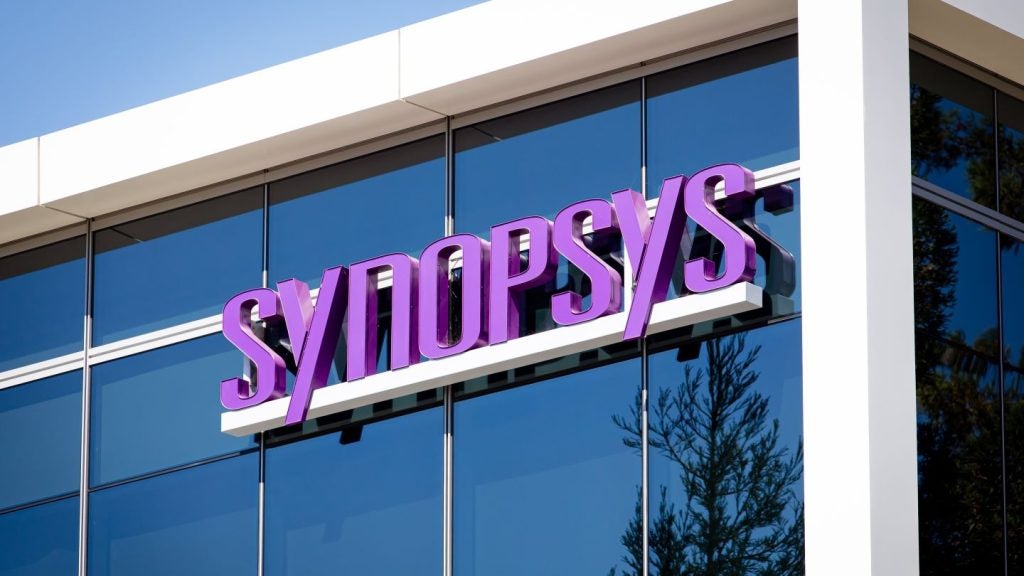Lyft had one patents in internet of things during Q2 2024. Lyft Inc has filed a patent for an improved transportation matching system that uses image-based transportation request interface and environmental digital image stream to accurately generate transportation requests with pickup locations. The system can determine the location of the requestor computing device and provide augmented reality elements at the pickup location within the environmental scene. GlobalData’s report on Lyft gives a 360-degree view of the company including its patenting strategy. Buy the report here.
Lyft had no grants in internet of things as a theme in Q2 2024.
Recent Patents
Application: Localizing transportation requests utilizing an image based transportation request interface (Patent ID: US20240167826A1)
The patent application by Lyft Inc. describes an enhanced transportation matching system that utilizes image-based transportation request interfaces and environmental digital image streams to accurately determine pickup locations. By analyzing environmental digital images from a requestor's device, the system can identify the location of the requestor and the transportation pickup location within the images. Additionally, augmented reality elements can be displayed on the requestor's device to provide information such as estimated time of arrival or transportation value at the pickup location.
The computer-implemented method and system outlined in the patent application involve capturing environmental digital image streams, determining transportation pickup locations, providing augmented reality elements for display on the requestor's device, and selecting the pickup location based on user actions. The system can analyze images or transportation requests to determine pickup locations, display relevant information through augmented reality elements, and compare different pickup locations. User actions can be detected through gestures in the image stream or movement of the requestor's device along the pickup location path. Overall, the technology aims to streamline transportation requests by leveraging image-based interfaces and augmented reality elements for enhanced user experience and accuracy in pickup location determination.
To know more about GlobalData’s detailed insights on Lyft, buy the report here.
Data Insights
From

The gold standard of business intelligence.
Blending expert knowledge with cutting-edge technology, GlobalData’s unrivalled proprietary data will enable you to decode what’s happening in your market. You can make better informed decisions and gain a future-proof advantage over your competitors.







